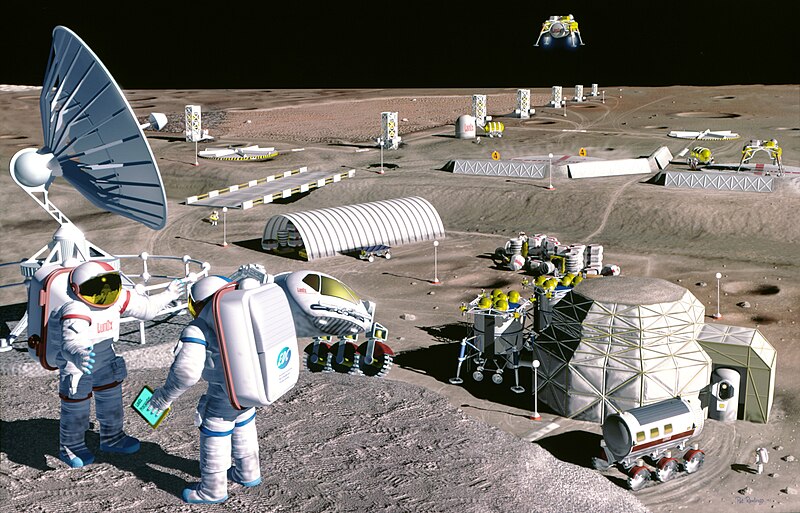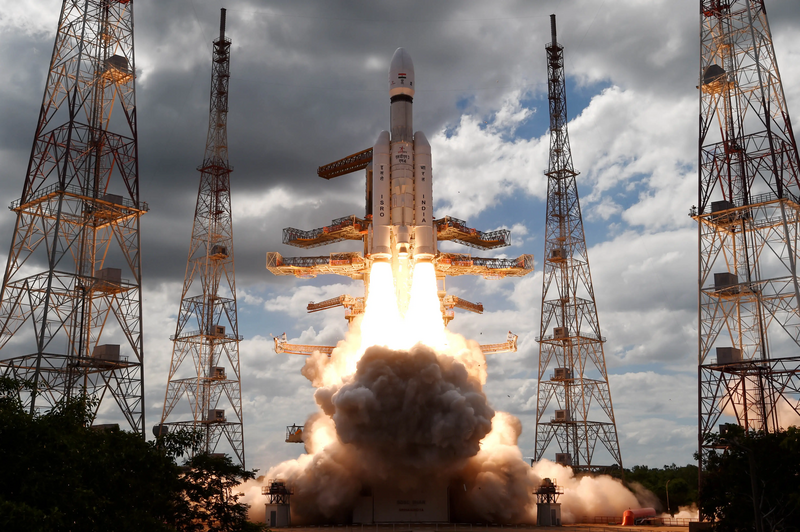Researchers at the Indian Institute of Science (IISc) have developed an innovative method to construct and maintain lunar habitats using the bacterium Sporosarcina pasteurii. This breakthrough approach could significantly boost the sustainability of future Moon bases by utilizing local resources and reducing the need for Earth-supplied materials.
Building Lunar Bricks with Bacteria
In earlier studies, IISc scientists showed that Sporosarcina pasteurii can create bricks from lunar soil simulant. The bacterium converts urea and calcium sources into calcium carbonate crystals. These crystals, when mixed with guar gum, act as a binding agent that solidifies the lunar soil into sturdy construction bricks.
Self-Healing Properties for Enhanced Durability
Building on this foundation, the researchers tested whether the bacterium could repair cracks in sintered lunar bricks. They filled the cracks with a slurry containing Sporosarcina pasteurii, guar gum, and lunar soil simulant. Once inside the cracks, the bacteria began producing calcium carbonate and biopolymers. These substances sealed the fissures and restored the bricks’ strength.
This self-healing ability could help lunar structures withstand harsh conditions on the Moon, such as extreme temperatures and micrometeorite impacts.
Future Prospects and Space Testing
Looking ahead, the IISc team plans to send Sporosarcina pasteurii into space aboard India’s upcoming Gaganyaan mission, scheduled as early as 2026. This mission will test how the bacterium behaves in microgravity and determine its potential for building and maintaining structures on the Moon.
By tapping into the natural abilities of this bacterium, IISc offers a bold and sustainable vision for future space colonization—one where biology plays a key role in building off-Earth infrastructure.







